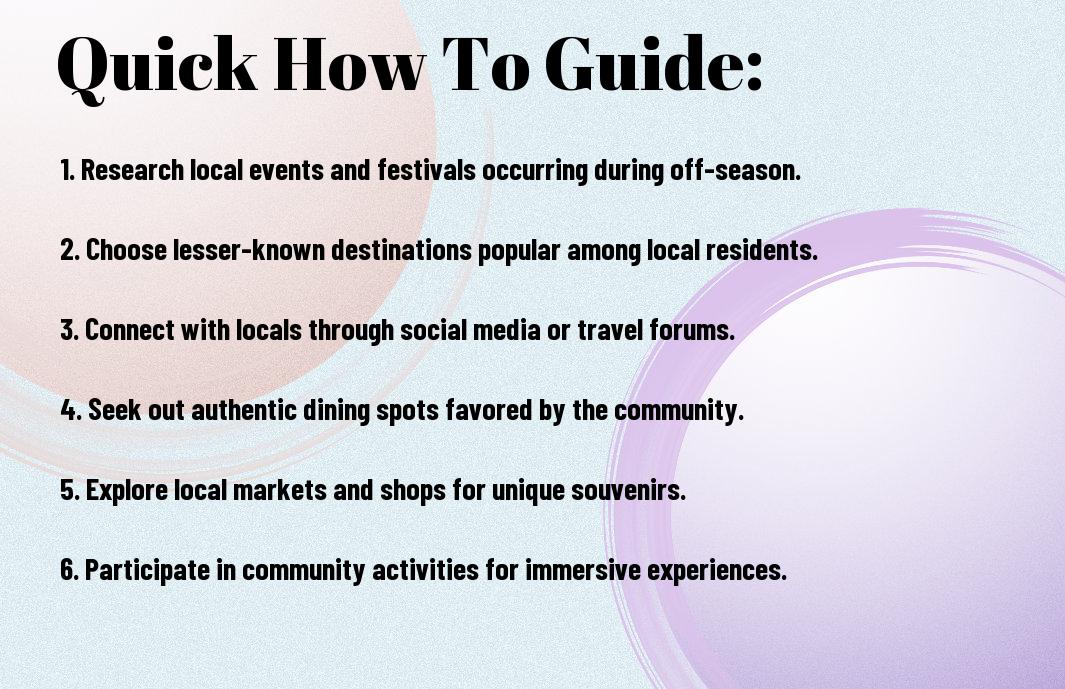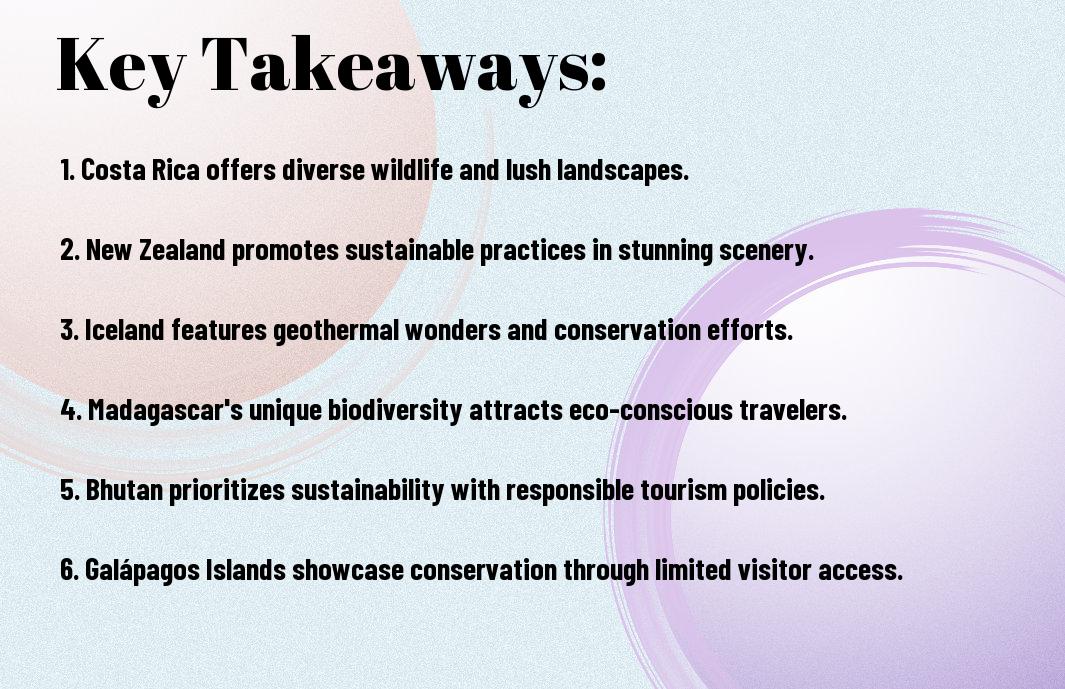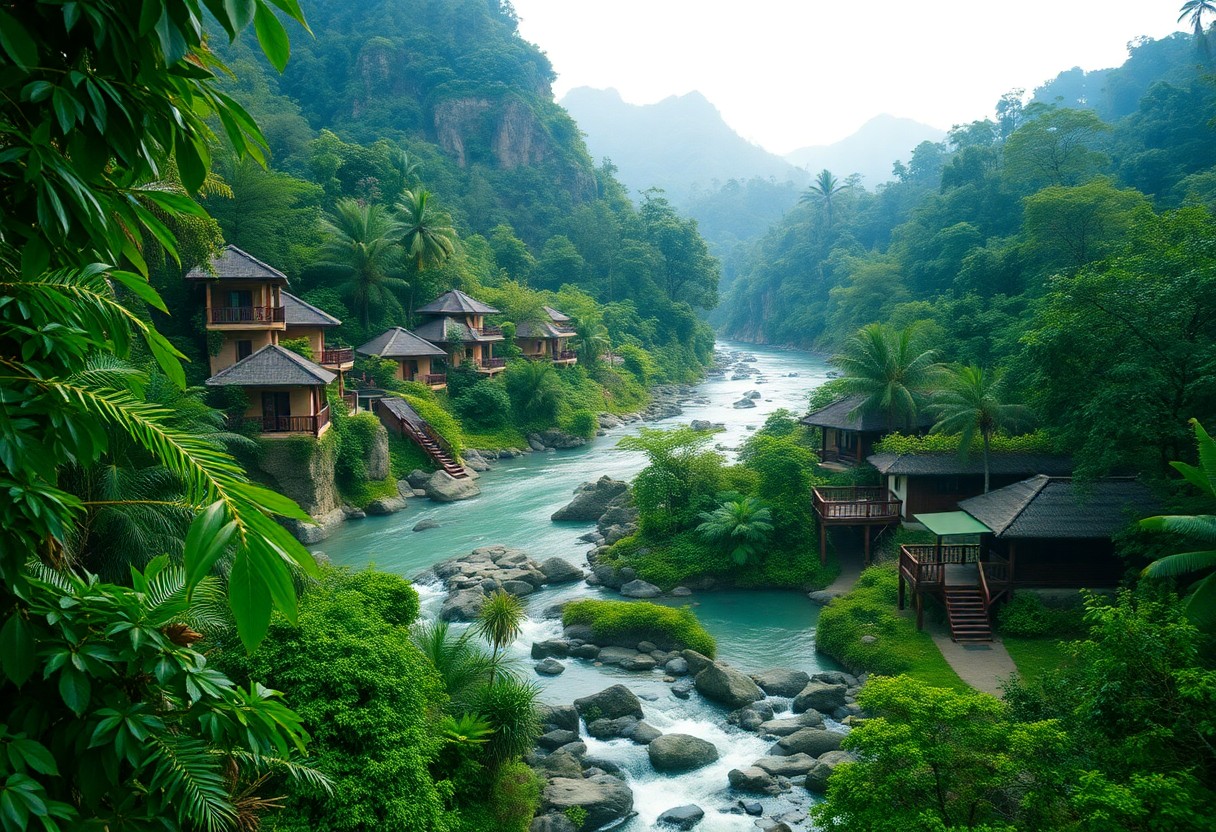Traveling is an exhilarating way to capture the beauty of the world through your lens, and certain destinations offer unparalleled opportunities for stunning photography. Whether you’re an amateur or a seasoned photographer, visiting these five locations will provide you with breathtaking landscapes, vibrant cultures, and unforgettable moments to frame. Each destination is sure to inspire your creativity and enhance your skills, allowing you to come back with not just memories, but a portfolio filled with captivating images. Get ready to explore the top five spots that every photography enthusiast should add to their bucket list!
Key Takeaways:
- Iconic Landscapes: Locations like Iceland and the Swiss Alps offer breathtaking natural beauty, ideal for capturing stunning landscape photography.
- Cultural Richness: Cities such as Kyoto and Marrakech provide vibrant street scenes and historical architecture, perfect for cultural photography.
- Wildlife Encounters: National parks like Serengeti and Yellowstone present incredible opportunities for wildlife photography, showcasing diverse animal species in their natural habitats.
- Golden Hour Light: Timing your shoots during golden hour enhances images with soft, warm lighting, making popular destinations even more photogenic.
- Unique Perspectives: Exploring urban settings with alternative angles and creative compositions can yield breathtaking urban photography that stands out.
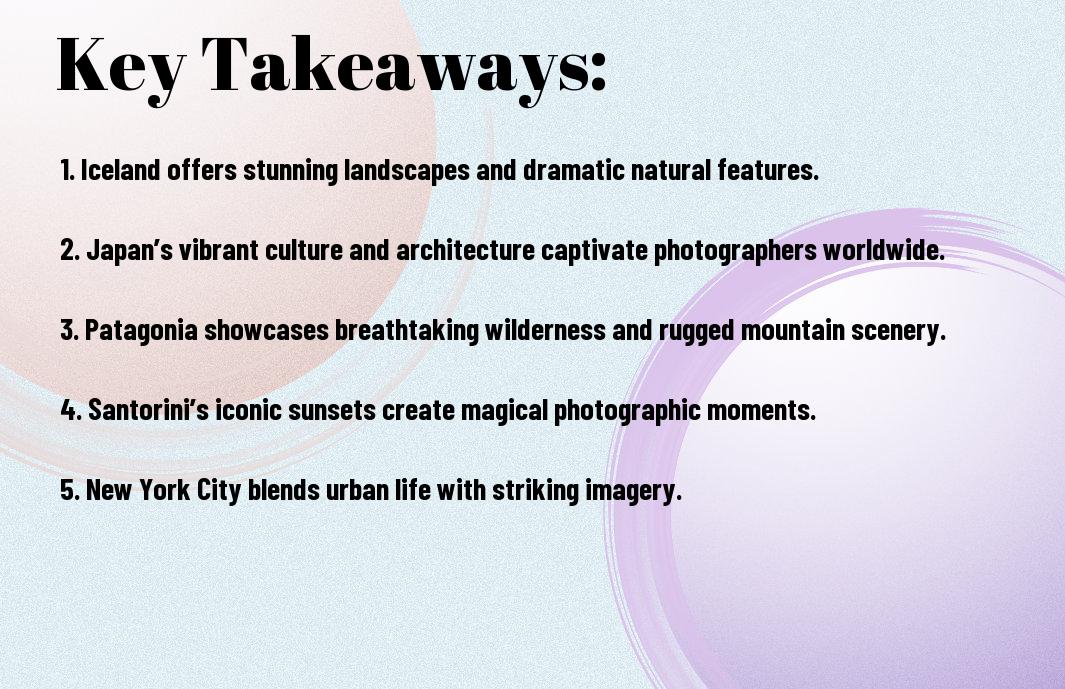
The Iconic Landscapes of Iceland
The rugged and diverse landscapes of Iceland present a treasure trove of photographic opportunities that will excite any photography lover. From cascading waterfalls to black sand beaches, every corner of this Nordic island offers breathtaking vistas. The interplay of light and shadow created by the unique geographical features will help you to capture stunning images that evoke emotion and wonder, making Iceland a must-visit destination for stunning photography.
Glacial Wonders
Glacial landscapes in Iceland are nothing short of spectacular. You have the chance to photograph massive ice caps, deep-blue icebergs floating in serene lagoons, and intricate glacier formations that seem to dance under the sun. Locations like Jökulsárlón and Vatnajökull National Park offer you a variety of perspectives, each revealing the raw beauty and power of nature. Your camera will be in overdrive as you document these magnificent icy wonders.
The Aurora Borealis
Along with its stunning landscapes, Iceland is also renowned for its hypnotic night skies illuminated by the Northern Lights. The magical display of colors can transform your images into breathtaking masterpieces. You have the opportunity to capture vibrant greens, pinks, and purples swirling overhead, creating a backdrop that simply cannot be matched.
Hence, locating a dark spot away from city lights will enhance your experience as you chase the Aurora Borealis. Keep an eye on the aurora forecast, and utilize optimal conditions, such as clear nights, to increase your chances of encountering this stunning natural light show. It’s not just about capturing a photograph; it’s about experiencing the awe-inspiring beauty of nature in its most vibrant form. This truly unforgettable spectacle can elevate your photography portfolio to new heights.
Urban Photography in Tokyo
There’s no denying that Tokyo is a dream destination for photography lovers, offering an incredible blend of ultra-modern architecture and rich cultural heritage. Navigating the bustling streets, you will find vibrant cityscapes, historic temples, and a unique fusion of tradition and innovation. With countless opportunities for striking urban shots, Tokyo will continuously inspire your photographic journey through its diverse neighborhoods and dynamic landscapes.
Neon Nights
The neon-lit streets of Tokyo come alive after dark, casting a colorful glow that creates an electric atmosphere for your night photography. Iconic districts like Shibuya and Shinjuku pulse with vibrant lights, bustling crowds, and captivating advertisements, providing endless opportunities for stunning long-exposure shots. By exploring these illuminated urban landscapes, you’ll capture the unmistakable charm of Japan’s capital at night.
Cultural Juxtapositions
About Tokyo’s urban environment is its intriguing juxtaposition of traditional and contemporary elements, creating a rich tapestry for photographers. From ancient shrines nestled between futuristic skyscrapers to centuries-old cherry blossom trees framing modern train stations, you’ll experience a unique blend of the old and new that invites exploration and creativity.
Juxtapositions in Tokyo’s urban landscape highlight the harmonious coexistence of tradition and innovation. As you wander through neighborhoods like Asakusa and Akihabara, you’ll witness how historic temples share space with cutting-edge technology and contemporary culture. This dynamic interplay not only enriches your photography but also deepens your understanding of the city’s identity, allowing you to create striking images that tell captivating stories of Tokyo’s evolving narrative.
The Vibrant Wildlife of the Galápagos Islands
Many photography lovers find the Galápagos Islands a paradise for capturing nature’s raw beauty. Home to an array of unique ecosystems, these islands boast breathtaking landscapes and an abundance of wildlife. The opportunities to photograph animals in their natural habitats – from playful sea lions to majestic giant tortoises – are endless. Each encounter offers a chance to snap stunning images that reflect the rich biodiversity of this UNESCO World Heritage Site.
Unique Species
Among the captivating features of the Galápagos Islands are the unique species that call it home. You can expect to encounter the famous blue-footed booby, the flightless cormorant, and the Galápagos penguin. Each of these extraordinary animals showcases distinct adaptations evolved over millions of years, making them perfect subjects for your photography portfolio.
Marine Photography
Galápagos is also renowned for its remarkable marine life, presenting photographers with stunning underwater photography opportunities. The crystal-clear waters are home to diverse species, including colorful fish, sea turtles, and vibrant coral reefs. Whether you’re snorkeling or diving, you’ll find yourself surrounded by a breathtaking underwater world ripe for capturing memorable images.
At the Galápagos Islands, you can investigate an exceptional underwater photography experience. With renowned dive sites like Wolf and Darwin Islands, you have the chance to photograph hammerhead sharks, manta rays, and more. Utilize your underwater camera gear to capture the mesmerizing dance of marine life in their natural environment. The vibrant colors and dynamic scenes you encounter will leave you with unforgettable photographs that showcase the paradise beneath the waves.
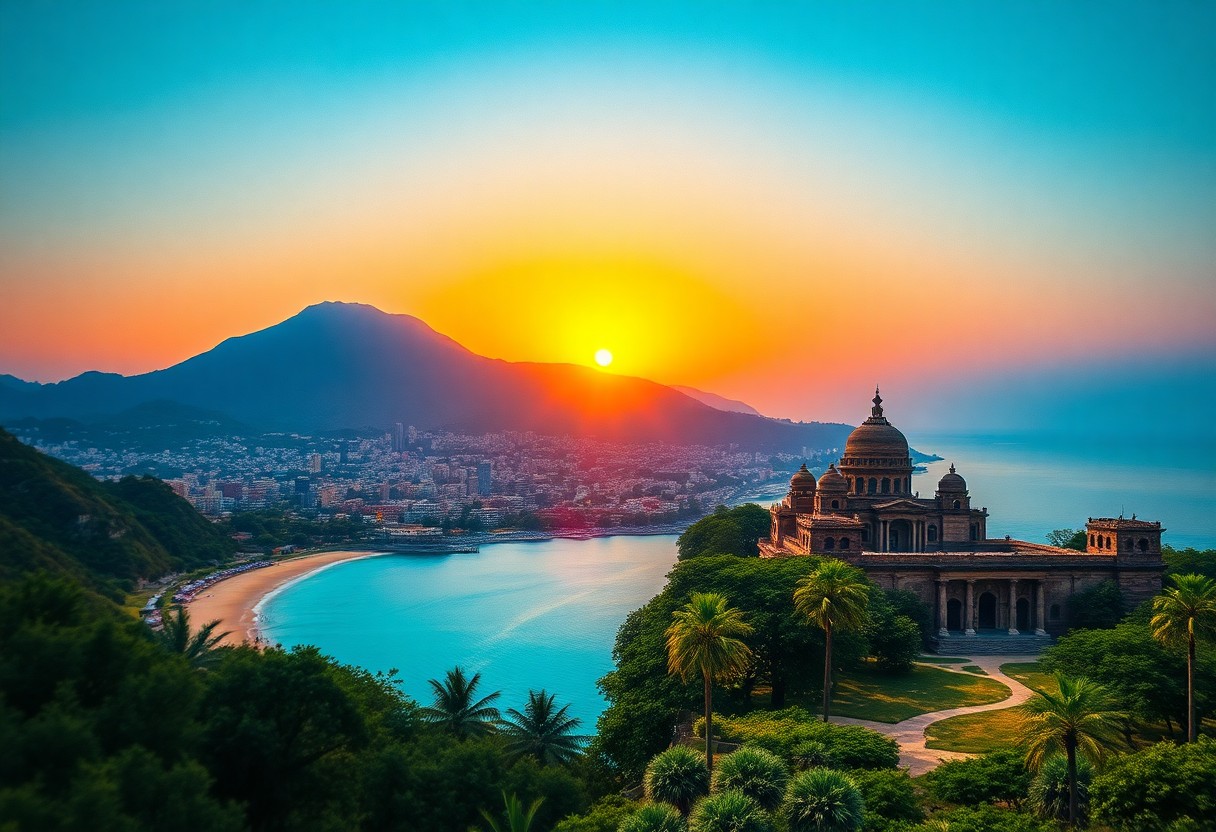
Capturing the Essence of New York City
Keep your camera ready as you explore the vibrant streets of New York City. With its iconic skyline, rich culture, and diverse neighborhoods, NYC offers endless opportunities to capture stunning photographs. From Central Park’s lush landscapes to the bustling energy of Times Square, every corner tells a unique story waiting to be documented. Immerse yourself in the city’s charm, and you’ll discover captivating scenes that are sure to enrich your photography portfolio.
Architectural Marvels
Against the backdrop of a sprawling skyline, New York City is home to some of the most breathtaking architectural wonders in the world. From the Art Deco elegance of the Empire State Building to the modern design of One World Trade Center, you’ll find a kaleidoscope of styles that reflect the city’s history and innovation. Make sure to wander through neighborhoods like Greenwich Village and SoHo, where historic brownstones juxtapose with contemporary lofts, offering a perfect blend of past and present for your photographic exploration.
Street Photography
To truly capture the heartbeat of New York City, engaging in street photography is a must. The streets are alive with dynamic scenes, showcasing the city’s diverse population, unique fashion, and vibrant street art. As you navigate through the various boroughs, keep your eyes peeled for candid moments that portray the essence of city life. Opportunities for spontaneous portraits and captivating urban landscapes abound, allowing you to tell compelling stories through your lens.
Marvels await you as you explore into street photography in New York City. Whether it’s a candid shot of a street performer, the hustle and bustle of morning commuters, or the vibrant colors of a local festival, each moment is an opportunity to capture the city’s raw energy. Focus on finding unique perspectives and experimenting with angles to create impactful images. With authentic expressions and bustling scenes as your backdrop, you’ll be sure to create a portfolio that reflects the true spirit of the city.
Alluring Seascapes of Santorini
Unlike any other destination, Santorini offers you a feast for the eyes with its dramatic cliffs and stunning ocean views. The unique volcanic landscape combined with the gorgeous turquoise waters creates mesmerizing backdrops for your photography. Capture the essence of this breathtaking island as you explore its hidden coves and expansive viewpoints, where every angle presents a new, idyllic scene waiting to be immortalized in your camera.
Breathtaking Sunsets
Santorini is famed for its breathtaking sunsets that paint the sky with vibrant hues of orange, pink, and purple each evening. Finding the perfect spot to witness this spectacle will reward you with stunning photographs that capture the beauty of nature. As the sun dips below the horizon, you’ll create lasting memories, both through your lens and in your heart.
Whitewashed Buildings
With their iconic blue domes and stark white façades, the charming whitewashed buildings of Santorini provide you with irresistible photography opportunities. This architectural beauty contrasts perfectly with the deep blue Aegean Sea, making every shot a striking postcard-perfect moment.
Alluring at every turn, the whitewashed buildings of Santorini not only embody the island’s unique character but also enhance your photos with their timeless elegance. The intricate details of these structures, adorned with vibrant bougainvillea and rustic doors, create an enchanting atmosphere that reflects the island’s rich culture. As you meander through the narrow streets, you’ll find countless opportunities to capture this iconic scenery, making your photography portfolio truly unforgettable.
Conclusion
Ultimately, exploring the top 5 destinations for photography lovers can transform your passion into breathtaking visual stories. Each location offers unique landscapes and cultural elements that will enhance your skills and inspire your creativity. Whether you’re standing amidst the vibrant streets of Tokyo, capturing the serene beauty of Iceland, or framing the architectural marvels of Barcelona, these destinations will provide you with countless opportunities for stunning photography. Embrace the adventure and let each click of your camera deepen your appreciation for the art of photography.
Q: What are the top five destinations for photography lovers?
A: The top five destinations that photography enthusiasts should consider visiting are:
- 1. Iceland: Known for its dramatic landscapes, including waterfalls, glaciers, and volcanic terrain, Iceland offers stunning opportunities for landscape photography.
- 2. Santorini, Greece: This iconic island is famous for its white-washed buildings and brilliant blue domes, making it a picturesque location for capturing sunsets and architecture.
- 3. Kyoto, Japan: With its historical temples, beautiful gardens, and colorful cherry blossoms, Kyoto provides a unique blend of cultural and natural photography opportunities.
- 4. Yosemite National Park, USA: This national park is a haven for nature photographers, featuring breathtaking granite cliffs, waterfalls, and diverse wildlife.
- 5. Copenhagen, Denmark: The charming streets, colorful waterfronts, and innovative architecture of Copenhagen present urban photography enthusiasts with endless inspiration.
Q: What types of photography can I explore in these destinations?
A: Each destination offers unique photography opportunities:
- Iceland: Ideal for landscape photography, long-exposure shots of waterfalls, and capturing the Northern Lights.
- Santorini: Perfect for architectural photography, sunset photography, and aerial shots of the island’s coastline.
- Kyoto: Great for capturing cultural events, tradition-based festivals, street photography, and serene landscapes.
- Yosemite National Park: Best for nature photography, wildlife photography, and stunning panoramas of iconic landmarks like Half Dome and El Capitan.
- Copenhagen: Exciting for urban photography, street photography, and shots of vibrant life along the canals.
Q: When is the best time to visit these destinations for photography?
A: The best time to visit each destination varies based on the type of photography you want to capture:
- Iceland: Late spring to early fall (May to September) offers the best weather for landscapes and greenery, while winter months bring the chance to photograph the Northern Lights.
- Santorini: April to November boasts pleasant weather and beautiful light for capturing breathtaking seaside views and sunsets.
- Kyoto: The best months are spring (March to May) for cherry blossoms and autumn (September to November) for vibrant fall colors.
- Yosemite National Park: Late spring (May and June) is ideal for waterfalls, while the fall months (September and October) offer stunning autumn foliage.
- Copenhagen: Late spring and summer (May to August) feature vibrant street life and outdoor events, perfect for capturing a lively urban atmosphere.
